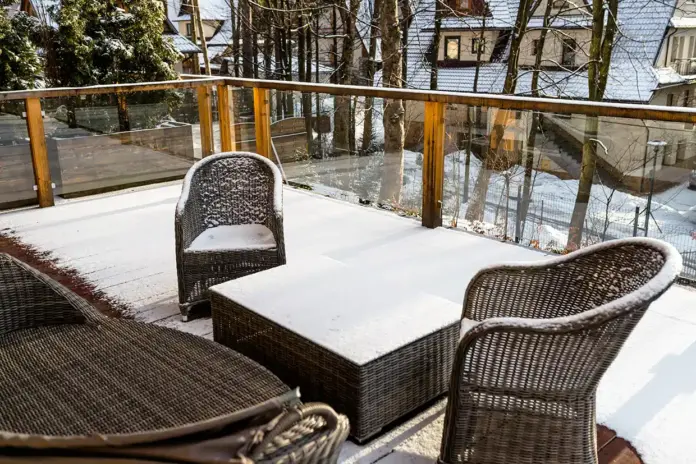When it comes to enhancing your outdoor living space, few projects offer the same impact as building a deck. A well-designed deck can significantly increase the usability, aesthetics, and value of your home. However, the process of designing and constructing a deck is not without its pitfalls. From poor planning to subpar materials, there are several common mistakes that homeowners often make when embarking on a deck-building project. By being aware of these pitfalls, you can ensure that your deck-building experience is smooth and successful.
- Skipping the Planning Phase: One of the most common mistakes homeowners make is diving into construction without adequate planning. Before breaking ground, take the time to carefully plan every aspect of your deck. Consider factors such as size, shape, location, and intended use. Think about how you will access the deck from your home and how it will integrate with your existing outdoor space. A well-thought-out plan will save you time, money, and headaches down the line.
- Ignoring Building Codes and Regulations: deck-building mistakes without obtaining the necessary permits or adhering to local building codes is a recipe for disaster. Ignoring these regulations can result in fines, forced demolition, or even legal action. Before starting your project, familiarize yourself with the building codes and regulations in your area. Obtain any required permits and ensure that your deck design meets all safety standards.
- Choosing the Wrong Materials: The materials you choose for your deck will have a significant impact on its durability, appearance, and maintenance requirements. While pressure-treated wood is a popular and affordable option, it requires regular maintenance to prevent rot and decay. Composite decking, on the other hand, offers low maintenance and excellent durability but tends to be more expensive upfront. Consider your budget, aesthetic preferences, and long-term maintenance commitments when selecting materials for your deck.
- Neglecting Proper Foundation and Support: A sturdy foundation is essential for the structural integrity of your deck. Neglecting proper footings, posts, and support structures can lead to sagging, instability, and even collapse. Consult with a professional or follow building guidelines to ensure that your deck’s foundation is adequate for the soil conditions and load requirements in your area.
- Overlooking Drainage and Ventilation: Proper drainage and ventilation are critical for preventing moisture buildup and prolonging the life of your deck. Ensure that your deck design includes adequate slope to allow water to drain away from the structure. Additionally, incorporate ventilation features such as gaps between deck boards to promote air circulation and prevent moisture-related issues like rot and mold.
- Underestimating Maintenance Needs: All decks require regular maintenance to keep them looking and performing their best. Ignoring maintenance tasks such as cleaning, sealing, and inspecting for damage can lead to costly repairs and premature deterioration. Factor in the time and effort required to maintain your deck when planning your project, and choose materials that align with your maintenance preferences and schedule.
- Overlooking Safety Features: Safety should always be a top priority when building a deck. Incorporate safety features such as handrails, guardrails, and proper lighting to minimize the risk of accidents and injuries. Ensure that your deck design complies with safety standards and guidelines to protect yourself, your family, and your guests.
- Ignoring the Surroundings: Your deck should complement and enhance your outdoor surroundings, rather than detract from them. Consider factors such as landscaping, views, privacy, and sun exposure when designing your deck. Choose a location and orientation that maximize the enjoyment of your outdoor space while minimizing potential drawbacks.
In conclusion, building a deck is a rewarding home improvement project that can significantly enhance your outdoor living experience. By avoiding common mistakes such as skipping the planning phase, ignoring building codes, choosing the wrong materials, neglecting proper foundation and support, overlooking drainage and ventilation, underestimating maintenance needs, overlooking safety features, and ignoring the surroundings, you can ensure that your deck-building experience is successful and enjoyable. With careful planning, attention to detail, and adherence to best practices, you can create a beautiful and functional deck that adds value and enjoyment to your home for years to come.
























![InstaPro APK Download Latest Version 2023 [Anti Ban]](https://olo.my.id/wp-content/uploads/2023/10/instapro-100x70.jpg)

